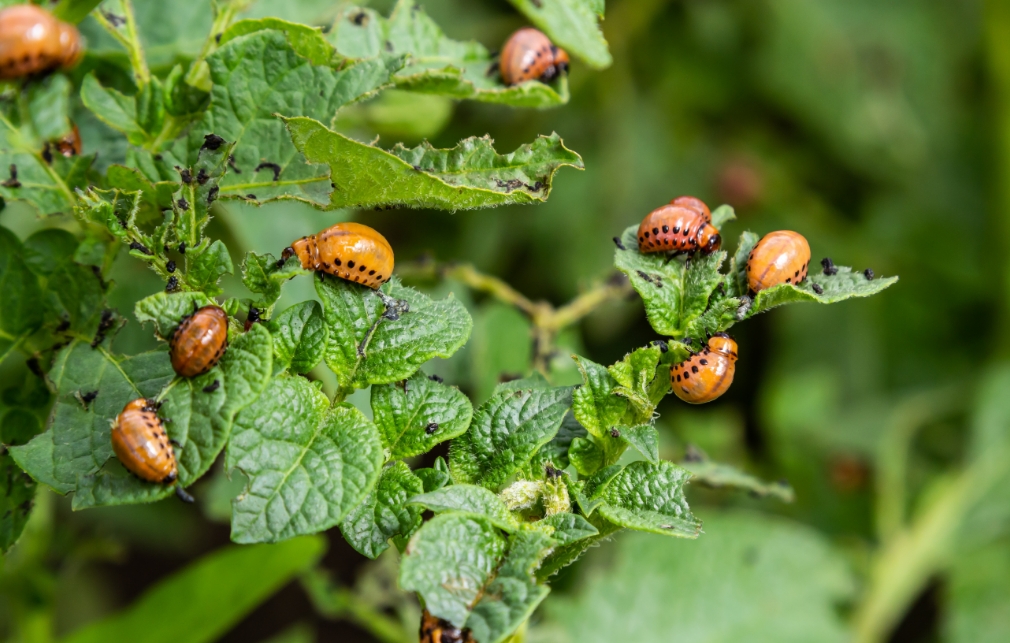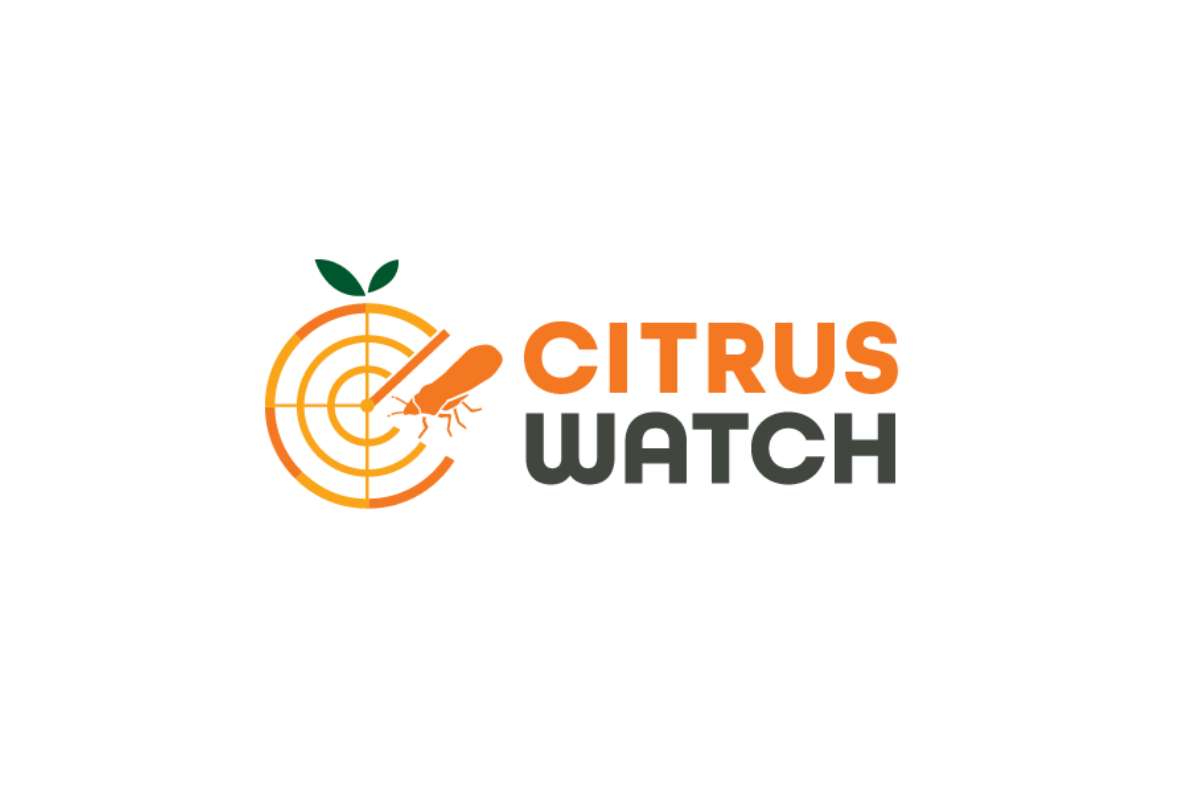Resources
Resource Centre
Search Results
35 results found
National Plant Biosecurity Diagnostic Strategy 2021-2031
The National Plant Biosecurity Diagnostic Strategy 2021-2031 and National Plant Biosecurity Diagnostic Strategy Implementation Plan sets out the goals to ensure infrastructure, standards and tools used to deliver the highest quality plant pest diagnostic services.
National Plant Biosecurity Diagnostic Strategy 2021 – 2031
The National Plant Biosecurity Strategy is a comprehensive ten year plan that points the way for governments, plant industries and the community to work closely together to strengthen Australia’s plant biosecurity system.
National Plant Biosecurity Diagnostic Strategy
National Citrus Biosecurity Surveillance Strategy
While Australia has a comprehensive biosecurity system, protecting the citrus industry from exotic pests remains a continual challenge. Effective pest surveillance maximises the likelihood of the early detection of new and emerging pests and provides data on pest distribution and pest absence to support trade.
The National Citrus Biosecurity Surveillance Strategy has been developed to provide a framework for national coordination and implementation of surveillance activities carried out by government and industry for exotic citrus pests and pests of market access concern.
The strategy outlines improved pre-border and border risk and pathway assessment to better understand and target surveillance efforts. For post-border surveillance, it describes an enhanced partnership approach of industry, government and community in a national program. Surveillance systems will be supported by diagnostic tools and triage networks, and data collection and reporting methods will enable surveillance efforts to be captured, monitored and improved.
Funding for the development of this strategy comes from the Australian Government’s Agricultural Competitiveness White Paper, the government’s plan for stronger farmers and a stronger economy.
National Forest Biosecurity Surveillance Strategy
Nationally coordinated surveillance programs, supported by an effective diagnostic network, are needed to maximise the effectiveness and efficiency of detection of exotic forest pests, mitigate the risk of exotic forest pests establishing in Australia, and provide evidence to support claims of area freedom. Ensuring that forest stakeholders and government agencies work together in partnership is critical to achieving these aims.
The National Forest Biosecurity Surveillance Strategy is designed to complement and address aspects of the National Plant Biosecurity Strategy, the National Plant Biosecurity Surveillance Strategy and the National Plant Biosecurity Diagnostic Strategy for the forest biosecurity sector.
A series of goals and actions with defined outcomes are described to enable stakeholders to successfully establish a National Forest Pest Surveillance Program over five years.
Funding for the development of this strategy comes from the Australian Government’s Agricultural Competitiveness White Paper, the government’s plan for stronger farmers and a stronger economy.
National Grain Biosecurity Surveillance Strategy
A National Grain Biosecurity Surveillance Strategy has been developed, recognising that the operating environment affecting early detection and market access surveillance in the grain industry today is different to that of the past and is unlikely to be the same in the future.
The strategy has been developed in conjunction with industry to ensure it is effective and robust, yet flexible enough to adapt to emerging technologies and industry structures outside that of government, and is underpinned by core biosecurity capacity. The strategy will guide the implementation of national leadership, management and coordination of surveillance activities for high priority grain pests and pests of market access concern for the grain industry.
Specific actions and tasks are listed that will improve pre-border and border pest risk and pathway assessment by better understanding pest risk profiles and pathways and targeting surveillance efforts. For post-border surveillance, it describes an enhanced partnership approach between Grain Producers Australia, Plant Health Australia, the Grains Research and Development Corporation, Grain Growers Ltd, bulk handlers, traders and Australian governments through a national surveillance program. This program is supported by enhanced diagnostic networks, practical training and reporting services to enable surveillance efforts to be captured, monitored and improved.
The strategy is comprised of four goals and ten actions which will form the basis of an implementation plan. These actions are interconnected, with the overall delivery of the strategy aiming to create a world class, innovative, science-based surveillance system that maximises the early detection of exotic grain pests and improves our international competitiveness through freedom from their impacts.
National Citrus Biosecurity Surveillance Strategy Implementation Plan
National Citrus Biosecurity Surveillance Strategy Implementation Plan, plant pest and disease, diagnostic surveillance network, high priority, exotic pest



